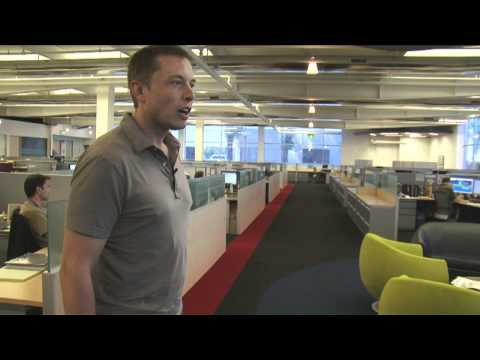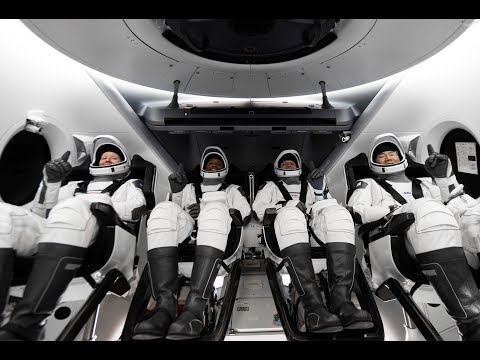SpaceX has once again captured the world’s attention with its latest test flight of the Starship prototype, dubbed SN8. The company’s ambitious goal to revolutionize space travel and colonization on Mars took a significant leap forward as SN8 successfully completed a high-altitude flight test recently, leaving enthusiasts and experts awe-inspired.
The Starship project aims to develop a fully reusable spacecraft capable of carrying both crew and cargo to destinations as far as Mars. This is no easy feat, as it requires surpassing several technological barriers and reimagining conventional space exploration techniques. However, SpaceX has consistently pushed boundaries under the leadership of Elon Musk, daring to dream big and reinvent the future of space travel.
The SN8 test flight demonstrated immense progress in giving shape to Musk’s vision. Equipped with three powerful Raptor engines, SN8 soared an incredible 12.5 kilometers (41,000 feet) into the Texas sky before elegantly executing its “belly flop” maneuver – a crucial element for reducing speed during re-entry. This maneuver emulates how a skydiver spreads their arms and legs to increase drag and achieve aerodynamic stability.
The Raptor engines’ extraordinary performance was evident throughout the test flight. They provided exceptional thrust during ascent and controlled propellant flow precisely while transitioning into a controlled descent. The spacecraft carefully maneuvered to return itself upright in preparation for landing precisely at the designated landing pad.
Though a tad rough on touchdown due to insufficient fuel pressure in one of the main tanks, SN8’s overall performance was undeniably impressive. Elon Musk acknowledged this achievement on Twitter, stating that “Mars is looking real” – emphasizing SpaceX’s velocity towards interplanetary exploration and colonization.
This high-altitude flight test demonstrates that Starship has great potential in revolutionizing not only crewed missions to Mars but also long-distance commercial flights. By utilizing the Starship’s reusable design and advanced technology, SpaceX aims to make space travel more accessible and affordable in the future.
It is worth noting that this was only a test flight, and SpaceX expected some hiccups along the way. In fact, Musk referred to SN8 as the “toughest” prototype yet, with several upgrades and modifications planned for future versions. Each test provides invaluable data and insights, allowing engineers to make further refinements and move closer to realizing Musk’s ambitious vision.
However, like any revolutionary project, challenges lie ahead for SpaceX. The company must continue refining the spacecraft’s re-entry process to ensure a safe landing every time. Additionally, extensive testing is required to validate its fully reusable nature while preserving passenger safety.
SpaceX’s ultimate goal – making life multiplanetary – requires relentless commitment and visionary thinking. With each progressive test flight of Starship prototypes like SN8, the world gets a glimpse into humanity’s future off-planet. These endeavors are laying down foundations for our multidimensional expansion into space in search of new knowledge, resources, and even potential habitats.
The success of SN8’s high-altitude test flight serves as an inspiration not only to space enthusiasts but also to organizations worldwide working towards exploring new frontiers beyond Earth. SpaceX continues to demonstrate that advancements in aerospace technology can indeed ignite imagination and turn seemingly impossible dreams into reality.
While there is still a long way to go before humans set foot on Mars aboard a Starship, every successful launch brings us one step closer to unlocking new possibilities in space exploration. Thanks to SN8’s high-altitude flight, we are reminded that reaching for the stars is not just a metaphor but an achievable objective within our grasp – all thanks to pioneers like Elon Musk and his team at SpaceX.





